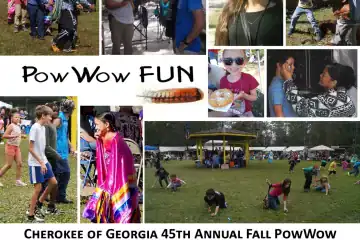An Empty Casket and a Riderless Horse: Exploring a Presidents’ Day Tradition
I hope one of your Presidents’ Day traditions this year will be eating cherry pie, as it is a wonderful excuse to eat dessert. However, I encourage you to add a captivating local ceremony to your agenda, too. On February 11, St. Marys’ Freemasons will accompany an empty casket in a procession along Osborne Street. What does this casket represent, and whom does this procession honor? Here is a hint: It involves the death of a Founding Father. Read on to learn more.
On December 14, 1799, George Washington died suddenly of a throat infection at his estate of Mount Vernon, Virginia, at the age of sixty-seven. Our young nation was left stunned at the loss of this larger-than-life figure who had led the United States to victory in the Revolutionary War, aided in creating our democratic republic, and become the nation’s first president. American citizens took Washington’s simple funeral, held on December 18, 1799, at Mount Vernon, as a template for their own rituals of mourning.

At this ceremony, military officers and Washington’s Masonic brethren served as pallbearers for his casket while troops from Alexandria, Virginia, provided the honor guard with their weapons and horses’ stirrups reversed. Washington’s riderless horse was followed in the procession by
a small band which played the dirge with drums muffled. At the tomb, after brief Anglican and Masonic burial services and a eulogy by Washington’s pastor, eleven artillery pieces on shore boomed while guns responded from a schooner on the nearby Potomac River.
On December 26, the nation’s then-capital of Philadelphia held a state funeral in Washington’s honor. This mock funeral was a spectacular, magnified replica of the Mount Vernon service (but with an empty casket, as Washington’s body was already interred at Mount Vernon). It was this event which featured the famous eulogy delivered by Washington’s friend and protégé, General “Light-Horse Harry” Lee (who eventually died and was buried on Cumberland Island), describing our first president as “First in war, first in peace, and first in the hearts of his countrymen.”
Over the next several weeks, mock funerals mimicking Philadelphia’s absorbed the nation. Leaders and community members each had their own motivations for holding these services: Army Major General Alexander Hamilton choreographed these funerals to demonstrate military might, Freemasons and Revolutionary War veterans in the Society of the Cincinnati organized these ceremonies to create a sense of shared history, and political leaders used this mourning process to foster national unity.
On January 6, President John Adams issued an official proclamation urging Americans to gather on Washington’s birthday, February 22, “publickly to testify their grief” with “Eulogies, Orations, and Discourses, or by Public Prayers.” Washington’s birthday, which had been observed with banquets and public celebrations during his lifetime, became the culmination of a sixty-nine-day period of public mourning during which over 300 eulogies were delivered in nearly 200 towns and cities across the country.

The citizens of St. Marys did not receive word of Washington’s death until early February of 1800, six weeks after his passing. On February 3, brethren of the local Masonic lodge #16 held a mock funeral in the President’s honor – similar to those which had been held throughout the country – with a riderless white horse, military officials, and six Masonic pall bearers carrying an empty, flag-draped casket. This procession stretched from the waterfront, up Osborne Street, to the square at Conyers Street where the Washington Pump is located. After speeches and the firing of guns, the casket was buried beside the pump. Four live oak trees were also planted along this procession route. One, the Washington Oak stump, remains.
You, too, can relive the national mourning in which citizens 200 years ago participated by joining the Freemasons’ reenactment of the local mock funeral on February 11 at 1:00 p.m. What better way to experience history than to step where mourners did centuries ago and hear the words they spoke in honor of our iconic Founding Father?
To learn more about the local version of Washington’s funeral, join a St. Marys Walking Tour!
Or to discover some of the most iconic Founding Fathers’ connections to St. Marys, join a St. Marys and the Founding Fathers Walking Tour, available as a private tour option!


